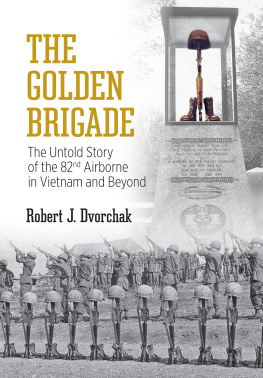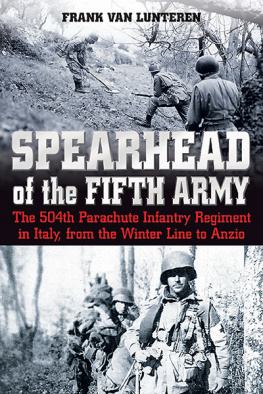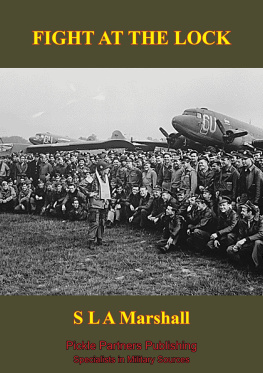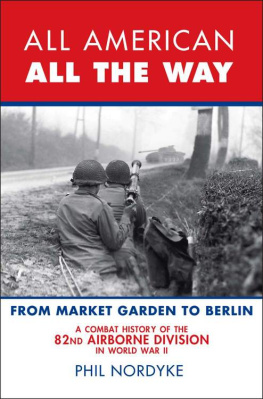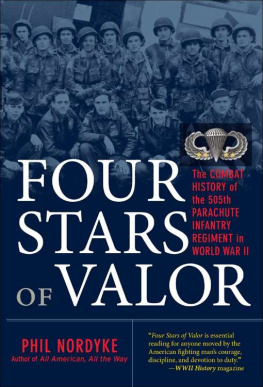STRIKE AND HOLD
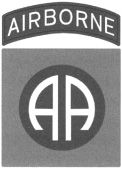
Other Notable World War II Titles from Potomac Books, Inc.
The Story of World War II, by Henry Steele Commager
Spitfires, Thunderbolts, and Warm Beer: An American Fighter Pilot over Europe, by Philip D. Caine
Desperate Deception: British Covert Operations in the United States, 1939-1944, by Thomas E. Mahl
The Road to Victory: The Untold Story of World War IIs Red Ball Express, by David Colley
Nuts! The Battle of the Bulge: The Story and Photographs, by Donald M. Goldstein, Katherine V. Dillon, and J. Michael Wenger
STRIKE AND HOLD
A Memoir of the 82d Airborne
in World War II
T. Moffatt Burriss

Copyright 2000 Potomac Books, Inc.
First paperback edition 2001
Published in the United States by Potomac Books, Inc. (formerly Brasseys, Inc.). All rights reserved. No part of this book may be reproduced in any manner whatsoever without written permission from the publisher, except in the case of brief quotations embodied in critical articles and reviews.
Library of Congress Cataloging-in-Publication Data
Burriss, T. Moffatt.
Strike and hold : a memoir of the 82nd Airborne in World War II / T. Moffatt Burriss.1st ed.
p. cm.
Includes index.
ISBN 978-1-57488-258-2 (alk.)
1. United States. Army. Airborne Division, 82nd. 2. Burriss, T. Moffatt. 3. SoldiersUnited StatesBiography. 4. World War, 1939-1945Aerial operations, American. 5. World War, 1939-1945CampaignsWestern Front. 6. World War, 1939-1945Personal narratives, American. I. Title.
D769.346 82nd B87 2000
940.544973dc21
00-030411
ISBN 978-1-57488-348-0 (paperback)
Printed in the United States of America on acid-free paper that meets the American National Standards Institute Z39-48 Standard.
Potomac Books, Inc.
22841 Quicksilver Drive
Dulles, Virginia 20166
Designed by Pen & Palette Unlimited
First Edition
10 9 8 7 6 5 4 3 2
Contents
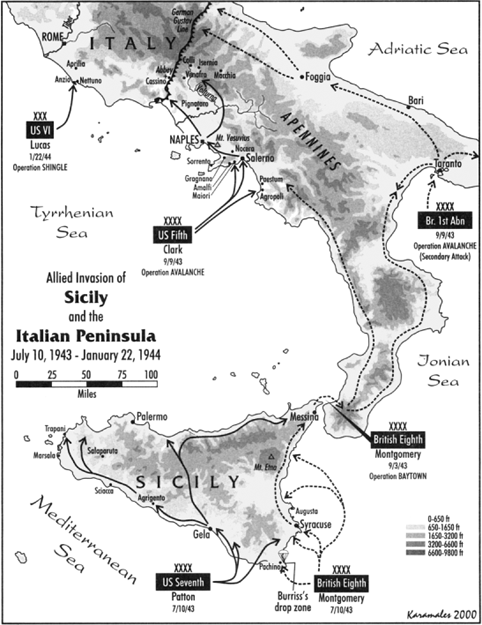
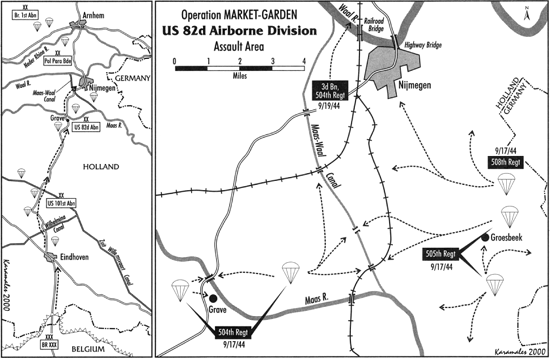
Preface
Over the past forty years, my children have frequently asked me to tell them about some of my war experiences, and I have. In recent years, they have insisted that I write down some of the stories for their children and grandchildren. Finally, I consented.
After I started writing, however, I soon found that I could not do it alone. To do justice to my unit and to my comrades, I needed input from them. Every man saw the war through a different set of eyes. Even though he might have been a few feet or a couple of hundred yards from me, his experiences could be totally different. So I wrote a number of my fellow officers and the enlisted men who served and asked that they write an article about one or two of their most memorable experiences for inclusion in the book. Several did, and they have been included, with minimal editing for stylistic consistency.
I wish there were some way to give appropriate credit to every man and officer who served in my unit, but that would be impossible. I served 3 years (2 overseas) in Headquarters Company, 3d Battalion, and I Company, 504th Parachute Infantry Regiment, 82d Airborne Division. In my opinion, no finer combat unit ever existed. Every man was a volunteer and committed to being the best fighting soldier in the U.S. Army. We were told that we were the best and trained to be the best, and we felt that we were the best. Few, if any, units had as much frontline duty as we had. I was fortunate and proud to serve in such a fine outfit.
We had a threefold mission: defeat the enemy, preserve the peace and freedom of our nation, and get back home to our loved ones. No one shirked his duty, and no one backed down. Many gave their lives. Our casualty rate was tremendous, and the hardships we faced were unending. We did our part in winning the war and preserving peace and freedom throughout the world.
To me, one man stood out above all othersCapt. Delbert Kuehl, the Protestant chaplain of our regiment, a true man of God and a brave soldier. He was everywhere, in the thick of battle or at the aid station, giving comfort and help to those in need. Through him, I dedicate this book to all the officers and men of the 3d Battalion of the 504th.
I also dedicate this book to my first wife (now deceased), Louisa Hay Burriss, who kept the home fires burning and prayed me safely back home. And to my four children, John Hay, Moffatt Jr., Francis, and Louisa (Weesa), who encouraged me to write this book and who have been a joy to me over the years. And to my present wife, Jean Wheelwright Burriss, who graciously takes care of this old soldier.
Prologue
Some soldiers do not like to think about the wars in which they fought. They bury the memories and try to live their lives as if they never had been in battle or killed enemy troops or seen their friends blown apart. Others come to terms with war by talking about it, reliving itusually with men whove shared similar experiences.
Apparently, I fall into the second category. I have attended reunions of paratroopers who fought in World War II and, over the years, kept in touch with a number of men who were with me in Sicily, Italy, Holland, France, Belgium, and Germany. I have enjoyed going to these gatherings and corresponding with old Army buddiesnow old in more than one sense of the word.
Reunions, however, did not fully satisfy me. As I grew older, I felt a stronger and stronger urge to go back to the locales where the battles were fought, to see the landscape, to feel the air, and to hear the sounds of each place. After fifty years, I figured that if I were going, I had better do it soon. Finally, in the summer of 1993,1 decided to make the trip.
I did not have to go alone. My son Francis, by then forty-four years old, had heard me talk about Sicily, Anzio Beach, and the Waal River all of his life; he had become a student of World War II and was almost as anxious to tour the battle sites as I was. I was pleased that he wanted to make the trip.
In addition, my old friend Joseph (Joe) Taylor, said that he would like to come along. Joe and I had known each other since grammar school days, had attended the same high school in Anderson, South Carolina, and returned to live in Columbia after the war. He had seen a lot of combat during World War II, as well, so he shared my interest in revisiting battlefields. Fortunately, he had fought in the same parts of Europe as I, so we were able to plan a route to accommodate both of us.
In June, we flew to Rome and caught a plane to Palermo, Sicily, where we rented a Fiat to drive around that huge island. Sicily had been the center of European culture during the twelfth century and, for a brief period in 1943, the center of the worlds attention. Both Joe and I had landed there in July of that yearhe as part of the seaborne forces that hit the beach at Gela and I as a paratrooper who had jumped from a plane near Pachino and Marzemimi and landed many miles off course. Fifty years later, we drove south from Palermo toward Gelaalong the same route that the American and British forces had traveledthough back then we went from Gela to Palermo as we chased the enemy all the way.
Next page



